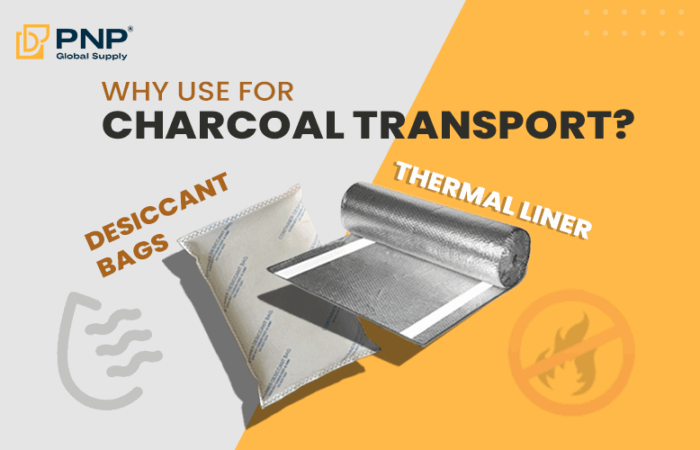Charcoal is a popular and practical fuel for grilling, cooking, and even heating. But when it comes to transporting it across borders, things can get surprisingly complicated. You might wonder: does charcoal catch fire on its own during shipping? Or even, is charcoal flammable? The answer, unfortunately, is yes—it can. There have been real cases where containers went up in flames mid-journey, and the root cause was charcoal that ignited unexpectedly.
So why does this happen? And more importantly, what can businesses do to prevent it? In this article, we’ll dive into the reasons behind charcoal fire incidents during transport, explore what causes spontaneous combustion, and share practical steps to keep your charcoal shipments safe every step of the way.
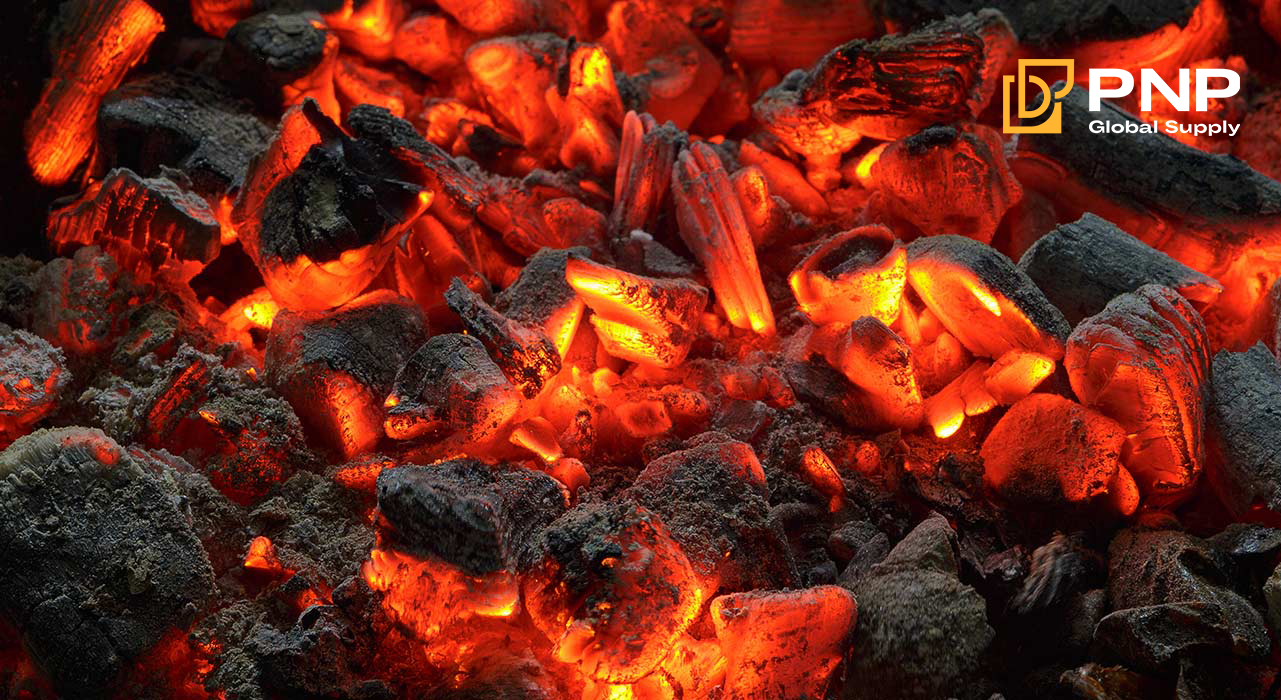
The Nature of Charcoal: A Hidden Fire Hazard
At first glance, charcoal might seem like just a bunch of black chunks in a bag. But behind its simple appearance lies a highly flammable material that needs to be treated with care—especially during storage and shipping.
Charcoal is made by burning wood or other organic materials in a low-oxygen environment. This process removes moisture and volatile compounds, leaving behind mostly carbon. The result? A dry, porous product that lights easily and burns hot.
But here’s the catch: because charcoal retains heat and reacts with oxygen, it can ignite without an open flame. That’s where the danger lies. Under the wrong conditions, it can cause a charcoal burn or even a full-on charcoal fire—especially in confined spaces like shipping containers.
What Causes Charcoal to Burn During Transport?
Let’s look at the main reasons why charcoal sometimes catches fire while being shipped:
Not Cooled Enough After Production
One of the most common causes of charcoal burn is packing the charcoal too soon after it’s made. Even if it looks cool on the outside, it may still hold heat inside. Once packed into bags or containers, that heat has nowhere to escape—and can slowly build up until a fire starts.
Poor Packaging and Lack of Ventilation
Using airtight or plastic bags to store charcoal may seem convenient, but it’s actually risky. Without ventilation, heat and gases get trapped. During long trips—especially by sea—temperatures inside containers can rise sharply, increasing the risk of spontaneous combustion.
Exposure to Moisture
Believe it or not, moisture can also be a fire risk. When charcoal absorbs water and then dries again (especially repeatedly), it can trigger oxidation reactions that release heat. This buildup is another common trigger for charcoal fire in transit.
Pressure and Overloading
Packing charcoal too tightly or stacking too high in a container can also lead to rising internal temperatures. Without enough airflow, the risk of combustion increases significantly.
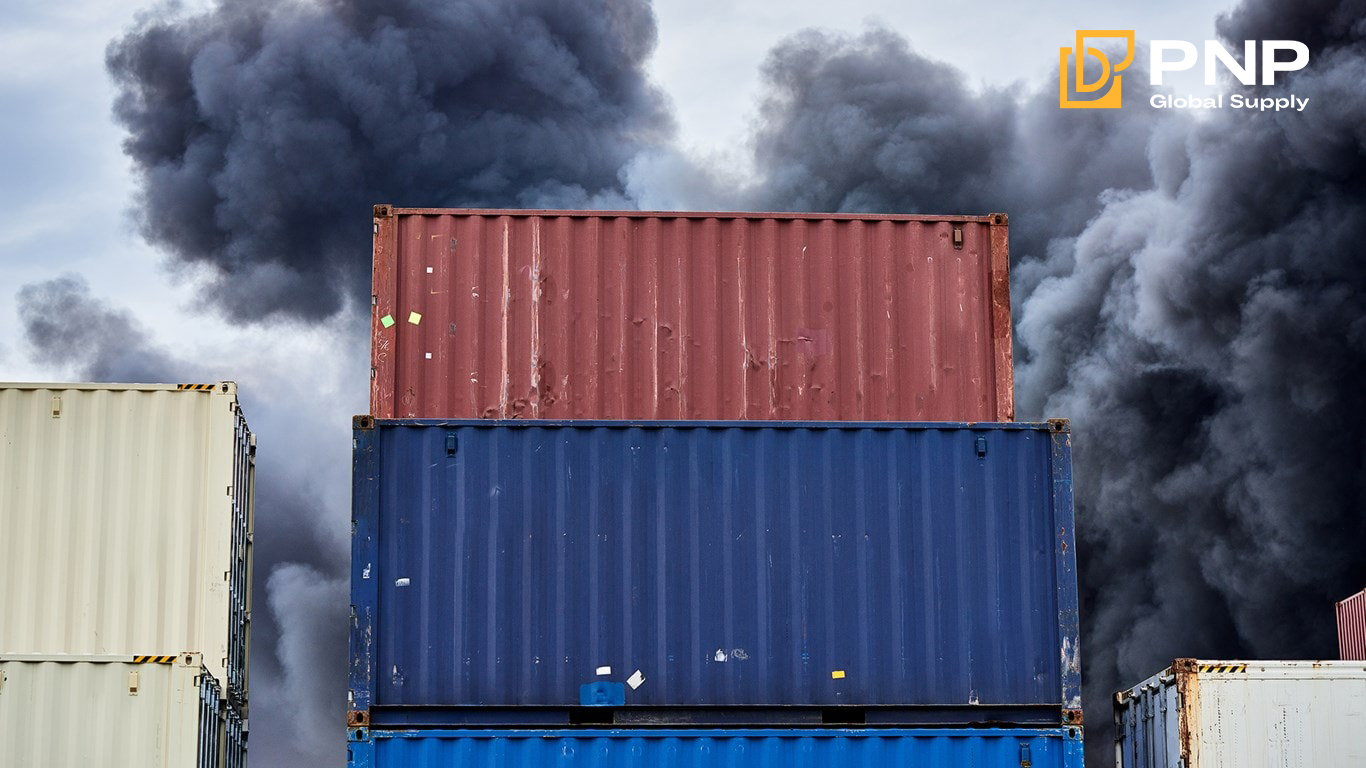
Real-Life Fire Incidents: A Wake-Up Call
Unfortunately, charcoal shipping fires aren’t rare. There have been reported cases around the world of containers catching fire at sea, in warehouses, or even at the port.
For example, a shipment of lump charcoal exported from Southeast Asia in 2023 reportedly caught fire while crossing the Indian Ocean. Investigations showed the bags were packed just 24 hours after production—way too soon—and the container lacked ventilation.
Cases like these highlight why proper charcoal handling and safety practices are non-negotiable.

Does Charcoal Catch Fire?
Yes. In fact, under international shipping laws, charcoal is classified as a self-heating substance and a fire hazard. Specifically, it falls under UN 1361 in the International Maritime Dangerous Goods (IMDG) Code.
That means exporters and freight companies are required to:
- Use properly ventilated containers
- Attach fire hazard warning labels
- Provide safety data sheets (SDS)
- Follow temperature monitoring rules during transit
Skipping these steps doesn’t just increase fire risk—it can lead to fines, rejected shipments, or worse.
How to Prevent Charcoal Catch Fire During Transportation
Charcoal combustion during transport can cause major safety hazards, property damage, and shipment losses. To prevent this, exporters must follow strict handling and loading procedures. Here are six effective ways to minimize the risk:
Allow Sufficient Cooling Time in and out of the Kiln
After production, charcoal should be left to cool inside the kiln for at least 15 days, followed by an additional cooling period of up to 20 days outside. This ensures that all internal heat and gases have fully dissipated, preventing spontaneous combustion later.
Pack Tightly and Seal the Bags Properly
Each charcoal bag must be packed tightly to prevent internal movement, which can generate friction and heat. In addition, ensure the bag is sealed properly to avoid exposure to moisture or air, both of which can raise fire risk.
Check for Damaged Bags Before Loading
Before loading charcoal into the container, inspect each bag carefully. Bags that are torn, punctured, or loosely packed should be replaced or repacked. Damaged bags can compromise both ventilation and safety during shipping.
Maintain Safety Gaps in the Container
When loading the container, leave at least 30 cm of space from the top of the cargo and in front of the container doors. These gaps are essential for air circulation and to reduce heat buildup inside the container.
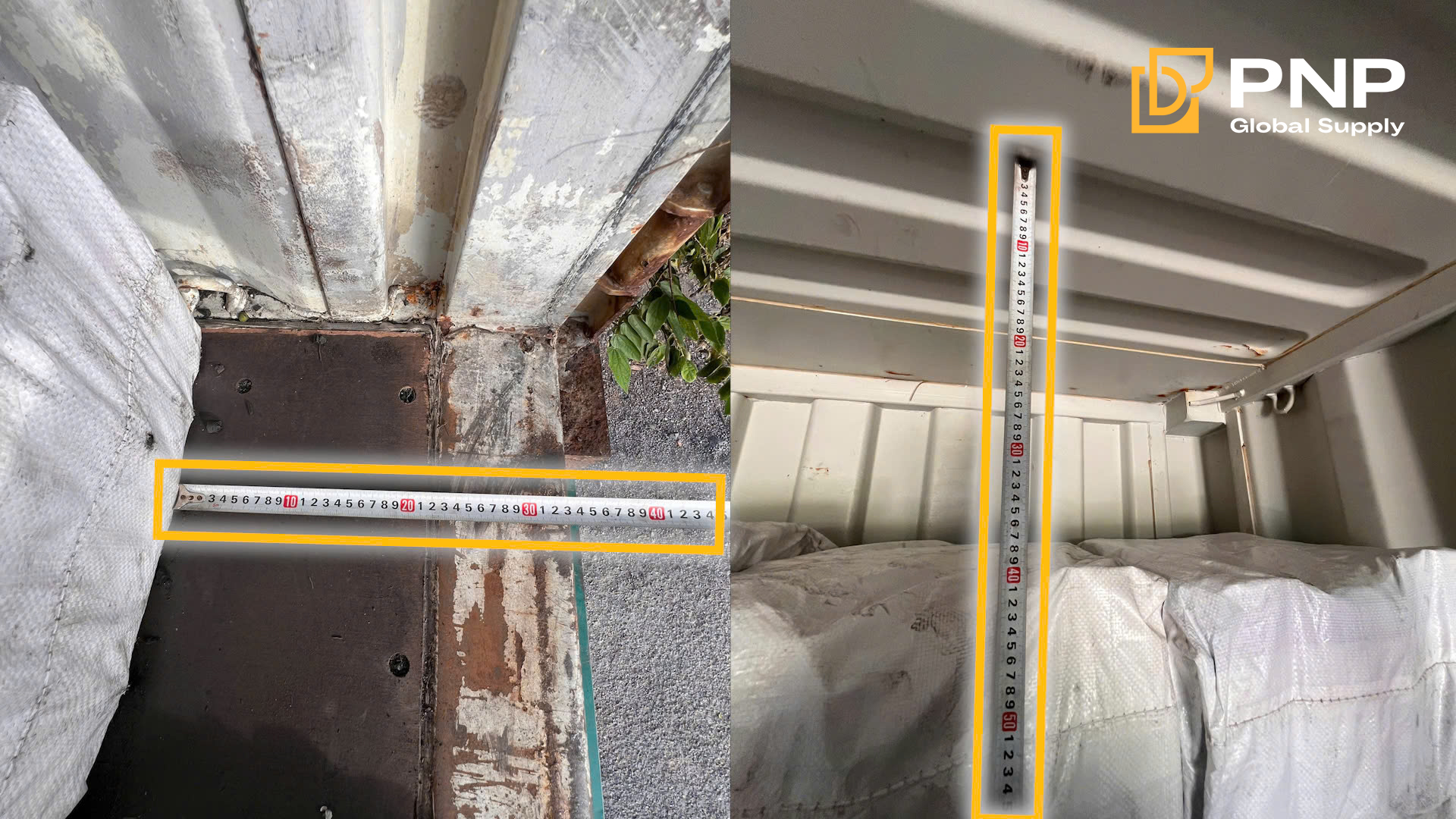
Attach Flame Warning Labels on the Container
Clearly label the container with flame warning signs on both sides. These labels help port workers, customs officers, and shipping personnel recognize the risk level and handle the shipment accordingly.
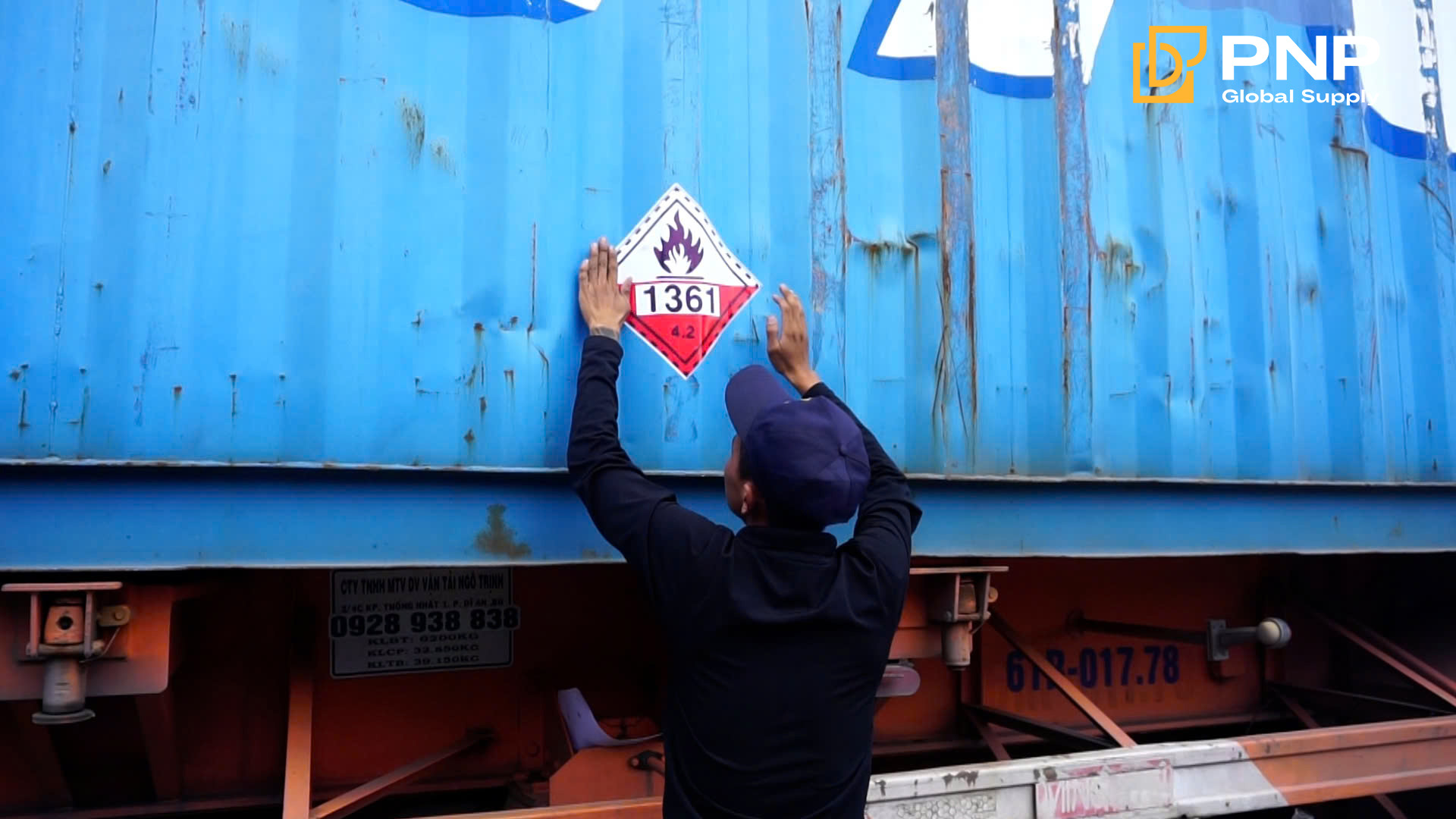
Use Fireproof Wrap Inside the Container
For extra protection, line the interior of the container with fireproof wrap. This adds a thermal barrier, reducing the risk of external heat affecting the charcoal during long-distance transport or under extreme temperatures.
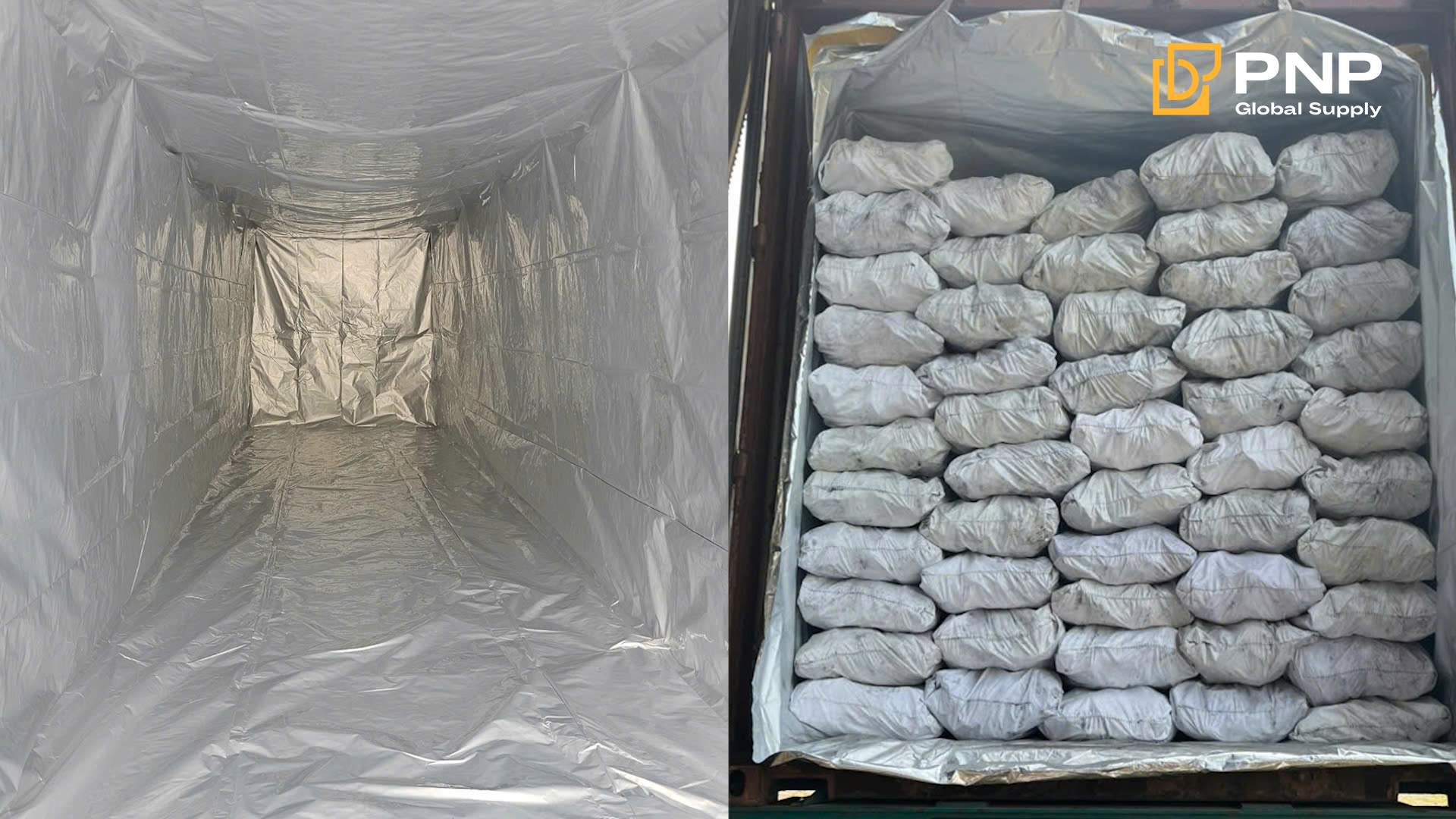
Safe Storage and Handling After Arrival
Once the charcoal reaches its destination, the job isn’t over. You still need to handle and store it properly to avoid fire risks:
- Stack bags on pallets to allow air underneath.
- Don’t store near ovens, furnaces, or machines that generate heat.
- Keep fire extinguishers or sand buckets close by—just in case.
Training warehouse staff on charcoal safety is also a smart move. They should know what signs to watch for: warmth in a bag, smoke, unusual smells, or moisture buildup.
Packaging Innovations That Reduce Fire Risk
Some suppliers are going a step further by investing in smarter charcoal packaging and safety tools, such as:
- Thermal labels that change color when the temperature inside a bag gets too high
- Heat sensors that alert staff to internal combustion risks
- Charcoal cooling kits with metal trays and fans for bulk processing
While these may add some cost upfront, they can save thousands in lost cargo—or worse—in the long run.
Learn about quality packaging solutions for charcoal export in the article below: TOP 4 TYPES OF CHARCOAL PACKAGING FOR EXPORT
Who’s Responsible for Charcoal Safety?
Ensuring safe charcoal transport isn’t just one person’s job—it’s a shared responsibility:
- Producers need to cool and pack charcoal safely
- Exporters must follow labeling and documentation laws
- Freight companies should monitor containers in transit
- Importers must inspect goods and store them properly on arrival
Every link in the chain plays a role in reducing fire hazard and keeping people and property safe.
Conclusion
Charcoal might seem like a simple product, but when it comes to transporting it, things can get complicated. You might wonder, does charcoal catch fire on its own during transit? Unfortunately, the answer is yes—charcoal is highly flammable, and without proper precautions, it can lead to spontaneous combustion or even warehouse fires. The risks are real, but they’re also entirely preventable.
By following the right charcoal handling, packaging, and shipping protocols, you can greatly reduce the chances of a fire and avoid costly accidents. Whether you’re a supplier, trader, or importer, staying informed and taking the necessary safety measures is the best way to protect your business and your team.
If you’re already shipping charcoal—or planning to—now’s the perfect time to review your logistics process. A small change in how you pack or store your product could be the key to preventing a major disaster down the line.
Discover the causes of charcoal ignition and effective prevention methods in the video below:
________________________________
Contact us for more information
Facebook: PNP Charcoal
Instagram: PNP Charcoal
Email: info@pnpglobalsupply.com

